
Sri Lanka Buddhist Pilgrimage Tours

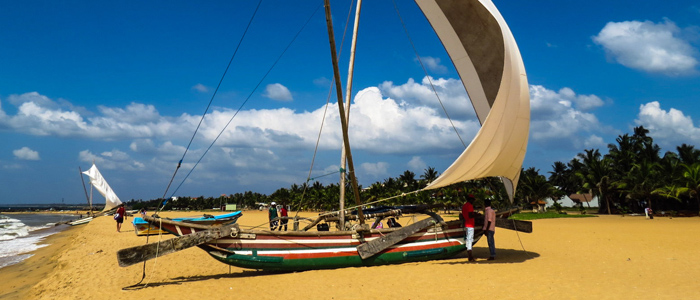
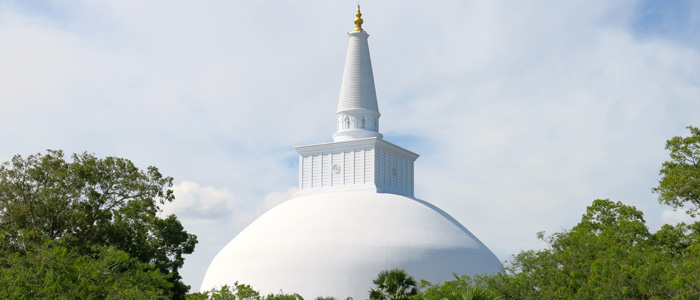
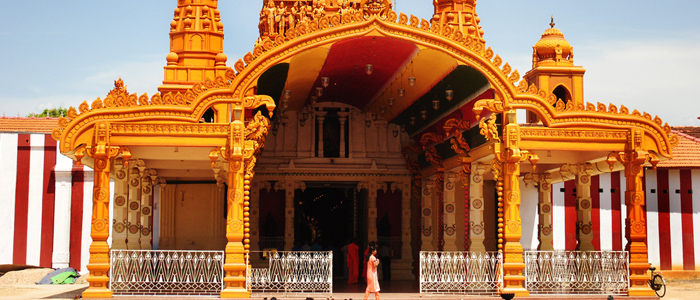
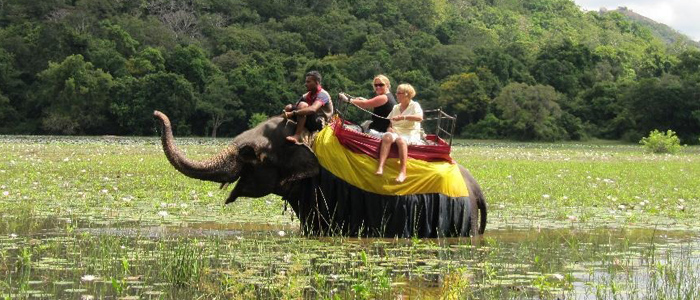
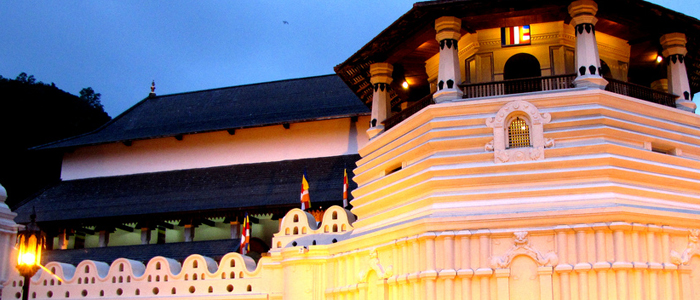
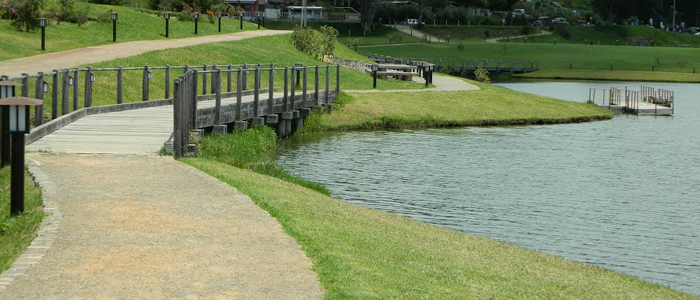
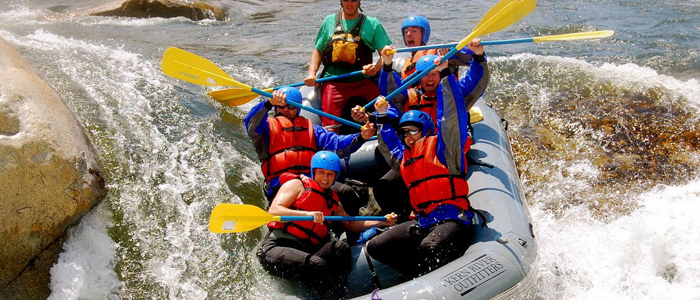
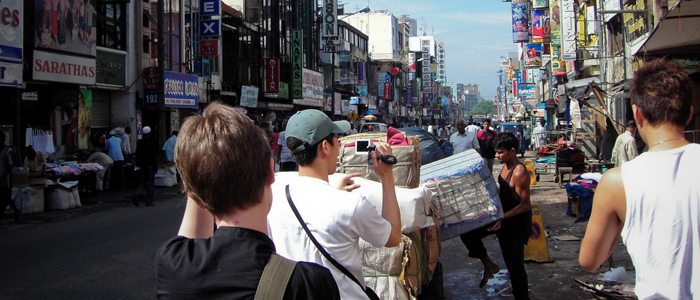
Sri Lanka Buddhist Pilgrimage Tours can be organized in combination with a round-trip.
SRI LANKA BUDDHIST PILGRIMAGE TOURS
In Sri Lanka, Buddhism is the most widespread religion of the majority Sinhalese community. Although India was the original home of Buddhism, today it is practised largely on the margins of the sub-continent, and is widely followed in Ladakh, Nepal and Bhutan as well as Sri Lanka.
Introduction of Buddhism to Sri Lanka
The recent history of Sri Lanka's Theravada Buddhism may conceal the importance of the cultural and historical links between Sri Lanka and Indian in the early stages of its development. The first great stupas in Anuradhapura were built when Buddhism was still a religious force to be reckon with in mainland India, and as some of the sculptures from Sigiriya suggest there were important contacts with Amravati, another major centre of Buddhist art and thought, up to the 5th century AD.
The original of Buddhism in Sri Lanka are explained in a legend which tells how King Devanampiyatissa (died 207 BC) was converted by Mahinda, widely believed to have been Asoka’s son, who was sent to Sri Lanka specifically to bring the faith to the island’s people. He established the Mahavihara monastery in Anuradhapura. Successors repeatedly struggled to preserve Sri Lankan Buddhism’s distinct identity from that of neighbouring Hinduism and Tantrism. It was also constantly struggling with Mahayana Buddhism which gained the periodic support of successive royal patrons. King Mahasena (AD 276-303) and his son Sri Meghavarna, who received the famous ‘Tooth of the Buddha’ when it was brought to the island from Kalinga in the fourth century AD, both advocated Mahayana forms of the faith. Even then Sri Lanka’s Buddhism is not strictly orthodox, for the personal character of the Buddha is emphasized, as was the virtue of being a disciple of the Buddha. Maitreya, the ‘future’ Buddha, is recognised as the only Bodhisattva, and it has been a feature of Buddhism in the island for kings to identify themselves with this incarnation of the Buddha. <>br /
The Sinhalese of Sri Lanka consider themselves as guardians of the original Buddhist faith. They believe that the scripture in Pali was first written down by King Vattagamini Abhaya in the first century BC. The Pali Theravada canon of scripture is referred to as Tipitakam Tripitaka (‘three baskets’), because the palm leaf texts on which they were written were stored in baskets (pitakas). They are conduct (Vinaya), consisting of 227 rules binding on monks and nuns; discourses (sutra), the largest and most important, divided into five groups (niyakas) of basic doctrine which are believed to be the actual discourses of the Buddha recording his exact words as handed down by word of mouth; and metaphysics (abhidhamma) which develop the ideas further both philosophically and psychologically.
Top Ten Buddhist Pilgrimage Sites of Sri Lanka
Sri Lankan Buddhist place particular emphasis on the sanctity of the relics of the Buddha which are clieved to have been brought to the island. The two most important are the sacred Bo tree and the tooth of the Buddha.
Sri Maha bodhiya (Bo Tree)
The Sri Maha Bo tree at Anuradhapura is believed to be a cutting from the Bo tree under which the Buddha himself attained enlightenment at Bodh Gaya in modern day Bihar. The Emperor Asoka is recorded as having entrusted the cutting to Mahinda’ s sister Sanghamitta to be carried to Sri Lanka on their mission of taking Buddhism to the island. As the original Bo tree in Bodh Gaya was cut down, this is the only tree on the world believed to come directly from the original tree under which the Buddha sat, and is visited by Buddhists from all over the world. Many other Bo trees in Sri Lanka have been grown from cuttings of the Anuradhapura Bo tree.
Temple of the Tooth Relic (Dalada Maligawa)
The tooth relic of the Buddha, now enshrined at the Dalada maligawa in Kandy, was not brought to Sri Lanka until the fourth century AD. The Portuguese reported that they had captured and destroyed the original tooth in their attempt to wipe out all evidence of other religious faiths, but the Sinhalese claimed to have hidden it and allowed a replica to have been stolen. Today pilgrims flock from all over the island, queuing for days on special occasions when special access is granted to the gold casket holding the Sacred tooth in the Dalada Maligawa.
Dambulla (Rock Caves)
Dambulla is today a UNESCO World Heritage site. This fascinating site is gracefully blended on a gigantic granite outcrop which towers more than 160m above the surrounding land. The rock is more than 1.5km around its base and the summit is at 550m. The caves were the refuge of King Valagambahu (Vattagamini Abhaya) when he was in exile for 14 years. When he returned to the throne at Anuradhapura in the first century BC, he had a magnificent rock temple built at Dambulla. The site has been repaired and repainted several times in the 11th, 12th and 18th century. In 2001, the temple authorities completed work on an enormous gold Buddha, saif to be the largest in the world, which greets you from the car park.
The caves have a mixture of religious and secular painting and sculpture. There are several reclining Buddhas, including the 15meter long sculpture of the dying Buddha in cave 1. The frescoes show scenes from the Buddha’s life and Sinhalese history. Cave 2 is the largest and most impressive, containing more than 150 statues, illustrating the Mahayana influences on Buddhism at the time time through introducing Hindu deities such as Vishnu and Ganesh.
Aukana Buddha Statue
One of the island’s most elegant and perfect statues, the Aukana Buddha, to the west of the large Kala Wewa reservoir, has gained even greater significance to Buddhists since the destruction of the similar (but much larger) statues at Bamiyan in Afghanistan (toponymical research suggests that in ancient times Bamiyan, in the region where Mahayana Buddhism originated, was known as Vokkana or Avakana). Here is a magnificent, undamaged 12 meter tall free standing statue of the Abhayamudra Buddha, showing superhuman qualities, carved out of a single rock. The Buddha’s right hand is raised towards the right shoulder with the palm spread, signifying a lack of fear, while the position of the left draws the worshipper to Buddha for release from earthly bonds.
It has been ascribed to King Dhatusena (AD 459-477) who was responsible for the building of several tanks, including the one here. When you walk down to the base, not the small lotus flower in between the Buddha’s feet. The carving is so perfectly symmetrical that when it rains the water drops from Buddha’s nose down to the centre of the 10 cm lotus flower below.
Adams peak Mountain (Sri pada)
Sacred to devotees of three of Sri Lanka’s major religions, Adam’s Peak is one of the island’s most important pilgrimage sites. The giant ‘footprint’ on the summit is believed to be an imprint left by either the Buddha (hence ‘Sri Pada’, or ‘Sacred Footprint’) or Siva (Sivan Adipadham) by Hindus, or Adam by Muslims. Regardless of belief, the perfectly conical shaped mountain is worth the climb, both for the buzz and for the magnificent views, especially in the first rays of dawn.
At the top, there are some breath-taking views across the surrounding hills, though the peak itself, only 50m sq., is not particularly impressive. Steps lead up to the sacred footprint, on top of a 4 meter rock, which is covered by a huge stone slab in which has been carved another print. Pilgrims cluster round, throwing offerings in to the 1 meter hollow, before moving to the Saman shrine up another flight of stairs where thanks are given. Pilgrims then rang one of the two bells at the summit, each chime representing a successful ascent. There are three official processions a day (during the season) – at dawn, midday and dusk – with music, offerings and prayers.
Kataragama
Kataragama in the South Eastern corner of the island is, along with Sri Pada (Adam’s Peak), the most important pilgrimage site in Sri Lanka. Like Adam’s Peak, it holds significance for Buddhists, Hindus and Muslims. It is most famous for its two-week Perehera in July and August, but is popular throughout the year. A small town with clean, tree-lined roads with rows of stalls selling garlands from across the island. The Hindu and Buddhist sanctuaries are quite separate. Buddhists visit the ancient Kirivehera dagoba, 500 meters north of the plan white Hindu temple, but also consider the Kataragama Deviyo here sacred. Sri Lankan Muslims associate the town with the prophet Moses, who was said to have taught here and come to pray at the Khizr Takya mosque nearby.
Kelaniya Temple
The Raja Maha Vihara is the most visited Buddhist temple in Sri Lanka after the Temple of the Tooth in Kandy. In the 13th century Kelaniya was an impressive city but for Buddhists its chief attraction today is the legendary visit of the Buddha to the site. The Mahavansa recorded that the original stupa enshrined a gem-studded throne on which the Buddha sat when he visited Sri Lanka. Ultimately destroyed by the Portuguese, the present dagoba is in the shape of a ‘heap of paddy’. The first city on the site was believed to have been built by King Yatala Tissa. According to legend this was destroyed by a flood from the sea which was a punishment given to the king for mistreating the Buddhist Sanga. He tried to placate the sea by setting his daughter afloat on a golden boat. Having drifted ashore in the south of the island she married King Kavan Tissa, and became the mother of one of Sri Lanka’s great heroes, King Duttugamunu.
The Present temple, which dates to the late 19th century, is set amongst attractive frangipani trees and has an impressive bell-tower. There is a famous image of the reclining Buddha, but there are also many images of Hindu deities. Duruthu Perahera each January draws thousands of pilgrims from all over the island.
Ruwanweliseya Dagaba
Begun by King Duttugamunu (Dutugemunu) to house relics, this is one of the most impressive of all Sri Lanka’s dagobas. Built with remarkable opulence, the king, who was said to have great luck, found rich vein of silver from Ridigama to cover the expenses. Monks from as far away as Alexandria were recorded as being present at the enshrinement of the relics in 140 BC. The King however fell ill before the dagoba’s completion, so he asked his brother Saddhatissa to complete the work for him. Saddhatissa covered the dome with bamboo reeds and painted them with lacquer and imitation gold so that the king could witness the ‘completion’ of his magnum opus on his deathbed. Today, the dome is 80meters in diameter at its base and 53 meters high
Jethavanarama Stupa
This dagoba, looming impressively from the plain, is said to be the highest brick-built dagoba of its kind in the world. Started by King Mahasena (AD 275-292), its massive scale was designed in a competitive spirit to rival the orthodox Maha Vihara. The paved platform on which it stands covers more than 3 hectares and it has a diameter of over 100 meters. In 1860 Emerson Tennent, in his book Ceylon, calculated that it had enough bricks to build a 3 meter high brick wall 25 cm thick from London to Edinburgh, equal to the distance from the Southern tip of Sri Lanka to Jaffna and back down the coast to Trincomalee. The dagoba is being renovated with helo from UNESCO.
Thuparama Stupa
The Oldest dagoba said to house the right collar-bone of Lord Buddha, Thuparama, was built by Devanampiyatissa, the 19 meter high dagoba was originally in the shape of a ‘paddy heap’ – its beautiful bell shape dates to renovation work completed in 1862. It is surrounded by concentric circles of graceful granite monolithic pillars of a vatadage which was added in the seventh century, possibly originally designed to support an overarching thatched cover. It is a centre of active Buddhist pilgrimage, decorated with flags and lights.
There are so many ancient Buddhist Temples Island wide. Polonnaruwa, Sigiriya, Badulla, Monaragala, Arugambay, are the some of them.
We have much kind of readymade Buddhist pilgrimage packages and we are the specialists in arranging tailor-made holidays and business tours to Sri Lanka. We understand the different demands of clients and tailor-make arrangements to suit exact needs and budgets which will turn your tour into something totally unique.
We aim to get to know our clients and their desires and offer them a high quality product and an efficient and very personal service. It’s your tour, you say exactly what you want, we know how to make it happen, and at a price to suit your pocket.
The prices are available upon Request.
“Contact us” for your Buddhist pilgrimage Tour in Sri Lanka